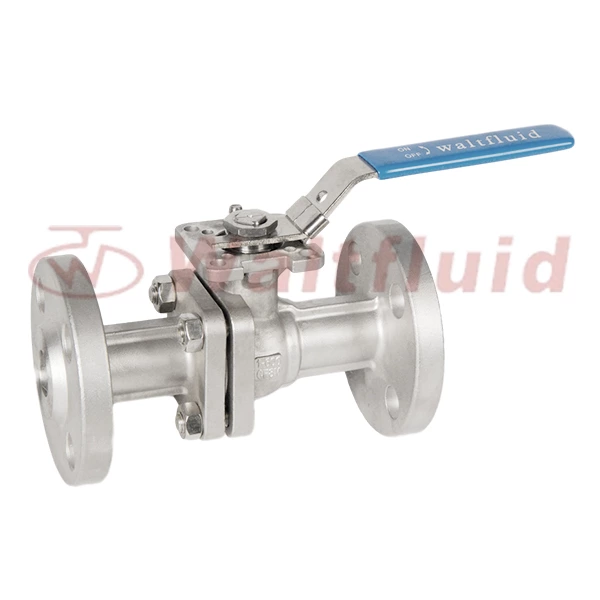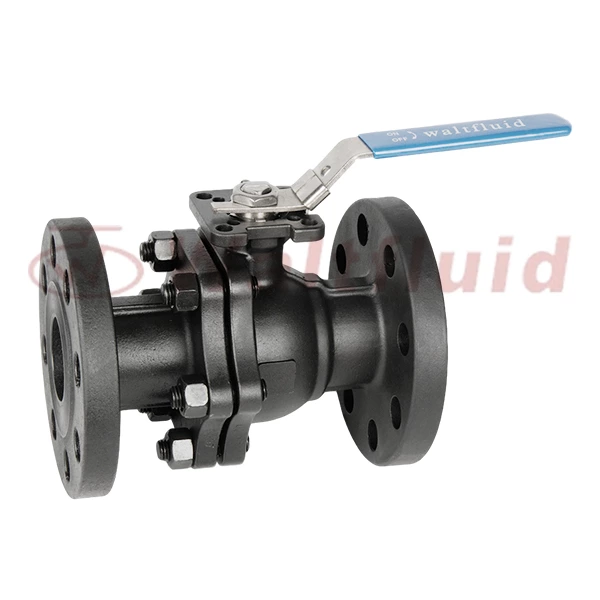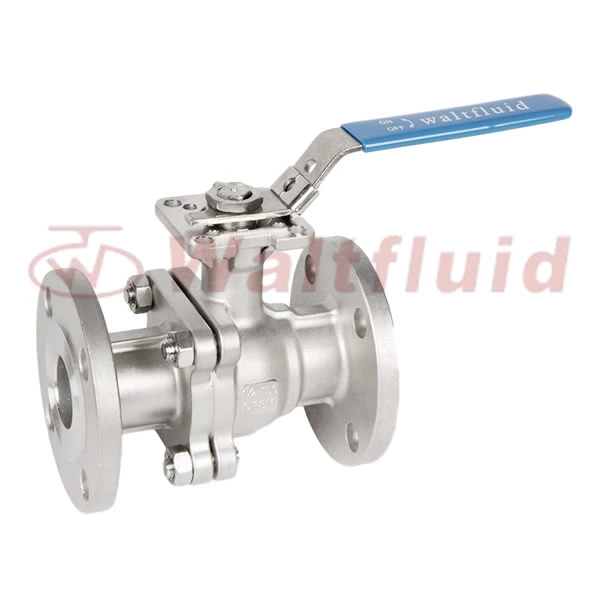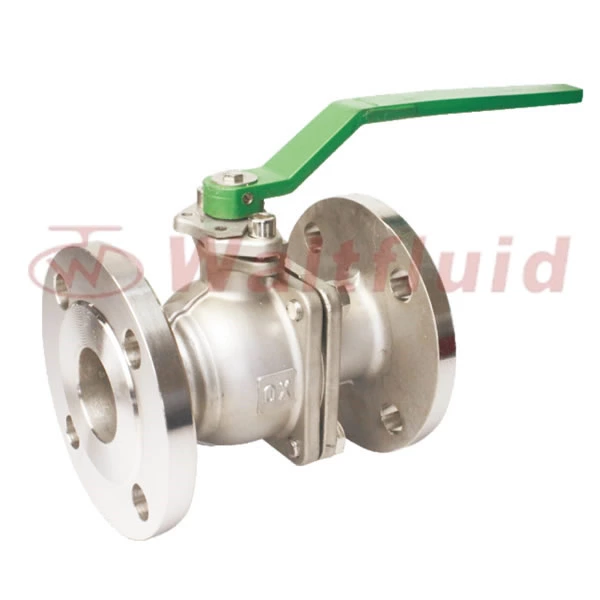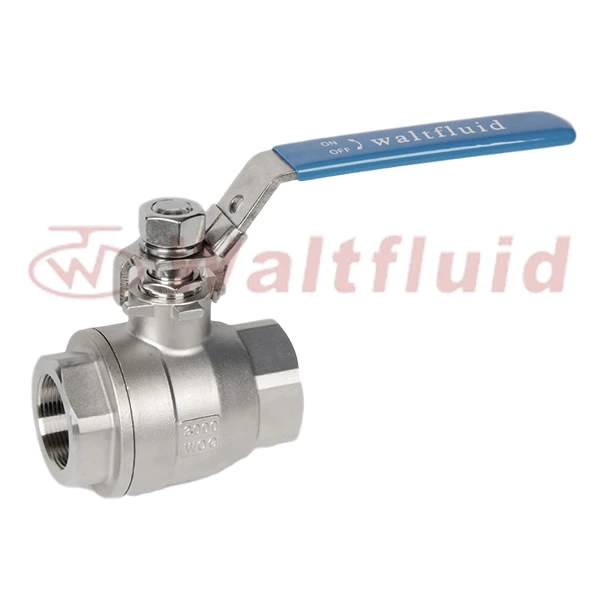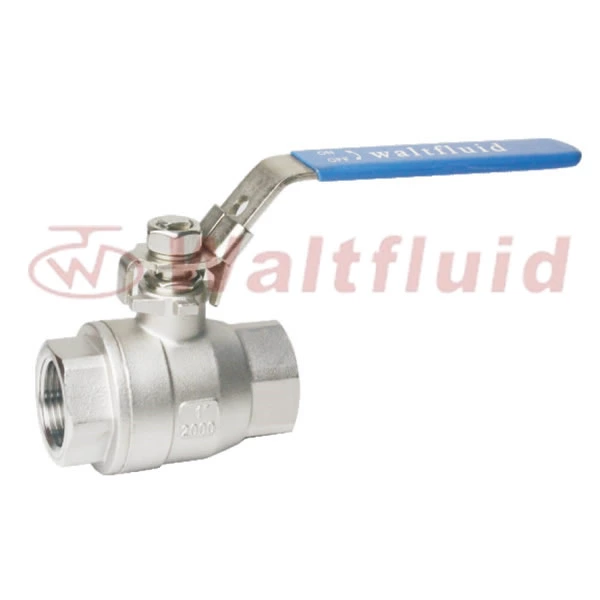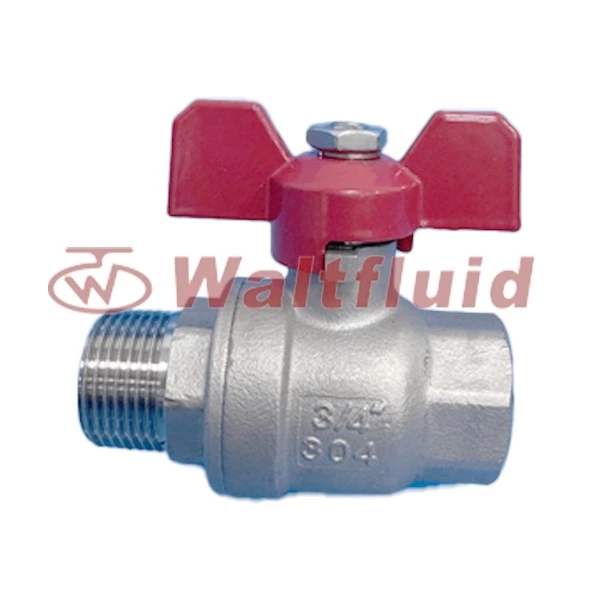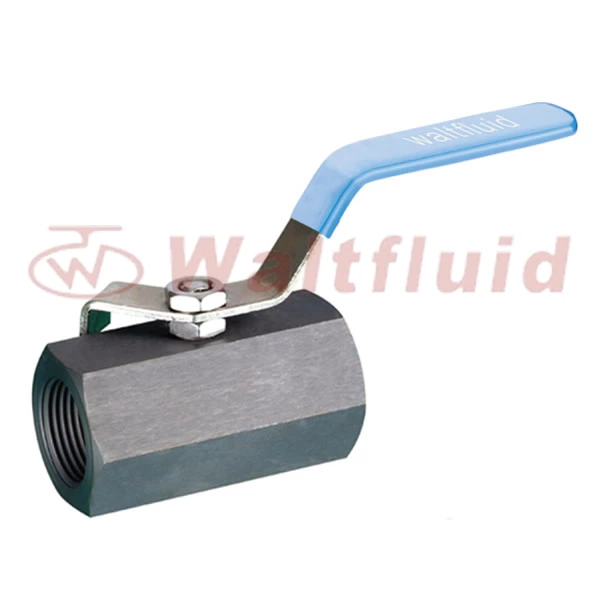Technical Characteristics And Corresponding Models Of Insulation Ball Valves
2 Piece Ball Valve is a relatively new type of ball valve. It has some advantages unique to its own structure, such as no friction when opening and closing, the seal is not easy to wear, and the opening and closing torque is small. This can reduce the specifications of the actuator. Equipped with a multi-turn electric actuator, it can achieve the adjustment and strict shutoff of the medium. It is widely used in working conditions that require strict shutoff, such as petroleum, chemical industry, and urban water supply and drainage.
Characteristics and advantages of thermal insulation ball valve:
1. The fluid resistance is small, and its resistance coefficient is equal to that of the pipe section of the same length.
2. Simple structure, small size, and light weight.
3. Tight and reliable. At present, the sealing surface material of the ball valve is widely used in plastic, which has good sealing performance and has been widely used in vacuum systems.
4. Easy to operate, quick opening and closing, only need to rotate 90° from full open to full closed, which is convenient for long-distance control.
5. Easy maintenance, the ball valve has a simple structure, and the sealing ring is generally movable, which is convenient for disassembly and replacement.
6. When fully open or fully closed, the sealing surface of the ball and the valve seat is isolated from the medium, and when the medium passes through, it will not cause erosion of the valve sealing surface. 7. It has a wide range of applications, with diameters ranging from a few millimeters to several meters, and can be used from high vacuum to high pressure. When the ball rotates 90 degrees, the inlet and outlet should all present spherical surfaces, thereby cutting off the flow.
The insulated ball valve in the existing technical field is also called a jacketed ball valve. It is a metal jacket welded on the basis of the ball valve. The jacket and the valve body form an insulation channel. Steam or other insulation media are injected into the channel to ensure that the medium in the valve can work normally. The insulated ball valve has good insulation properties, and the diameter of the valve is consistent with the pipe diameter, while it can effectively reduce the heat loss of the medium in the pipeline. It is mainly used in various systems such as petroleum, chemical, metallurgy, pharmaceutical, and food to transport high-viscosity media that will solidify at room temperature.
Due to the constraints of the valve sealing structure and its corresponding sealing materials, its use temperature is less than 200℃. Moreover, it has a short service life if used for a long time under the working condition of 200℃. Although high-strength graphite materials that can withstand 300℃ for a short time can be selected for the valve seat, there are still many parts in the valve that need to be sealed that cannot be sealed under high temperature conditions, especially in radial sealing. High-strength graphite materials are not suitable for radial sealing. The radial seal of the common insulation ball valve adopts an O-ring sealing structure, so the operating temperature of the entire valve is directly restricted by the operating temperature of the O-ring. The O-ring used on the insulation ball valve is fluororubber, and the operating temperature of fluororubber is within 200℃, and it cannot be used for a long time within this extreme temperature. It is far from meeting the requirements of many media in the market. For example, when the working medium is rosin, the operating temperature of the insulation ball valve is required to be 300℃, which is conducive to the rosin medium to obtain a more ideal fluidity. When the O-ring is used as a sealing part in the traditional way, it cannot meet its requirements.
According to the problems existing in the insulation ball valve, it is determined to improve the sealing material and structure of the insulation ball valve.
(1) First, the O-ring is usually used as a radial seal between the support ring and the valve body. The O-ring seal structure is eliminated, and a step structure is directly machined on the support ring to form a sealing cavity between the support ring and the valve body. A sealing ring made of high-temperature resistant flexible graphite material is installed in the sealing cavity, and a gasket with a conical section is installed behind the sealing ring. A screw plug with a special structure is installed behind the gasket. In this way, by tightening the screw plug, the screw plug transmits force to the gasket, and the conical section of the gasket squeezes the sealing ring, causing the sealing ring to deform, so that it is radially close to the support ring and the valve body, so that the insulated ball valve obtains a high-temperature resistant sealing structure in the radial direction. At the same time, by tightening the screw plug, a pre-tightening sealing force is generated between the ball and the valve seat, so that it is sealed.
(2) Corresponding improvements have also been made to the valve seat sealing structure. An embedded structure is adopted, and grooves are dug out of the valve body and the support ring. The bottom of the groove is filled with flexible graphite with excellent sealing performance and high temperature resistance, which can not only seal the bottom of the valve seat, but also compensate for the thermal expansion and contraction between the sealing pairs. A high-temperature resistant metal valve seat is installed on the flexible graphite, and the operating temperature can be increased to within 425℃ for long-term use, thus solving the problem that the insulated ball valve cannot be used for a long time above 200℃. In addition, valve seats of different materials can be selected according to the requirements of actual working conditions.
(3) The bottom end pipe and the plug that play the role of drainage are threaded. When the temperature rises, the sealing of the threaded part is difficult to ensure. It is decided to cancel the plug, and replace the plug connected to the bottom end pipe with a stepped drainage plug. The connection end is sealed with a winding gasket to ensure the sealing reliability of the bottom end.
Insulated ball valve model
Eccentric semi-ball valve Q340F/H
Fluorine-lined ball valve Q41F46
Plastic ball valve Q41F-6S, Q11F-6S, Q61F-6S
Drainage ball valve QP41F, QP41M
Long-distance pipeline ball valve, coal powder injection ball valve, ash discharge ball valve MQ647, MQ47
Anti-sulfur ball valve KQ347Y. V-type ball valve VTQ41
Italian ultra-thin ball valve, wafer-type ball valve Q71
Vacuum ball valve, internal thread ball valve, two-piece ball valve, three-piece ball valve Q11, spring ball valve, track ball valve, double ball valve, ball valve with scale adjustment.
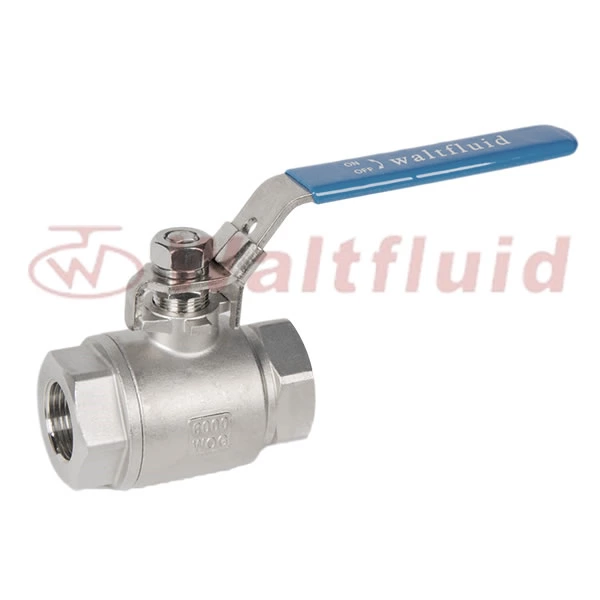
 English
English 中文
中文 Pусский
Pусский  Español
Español
